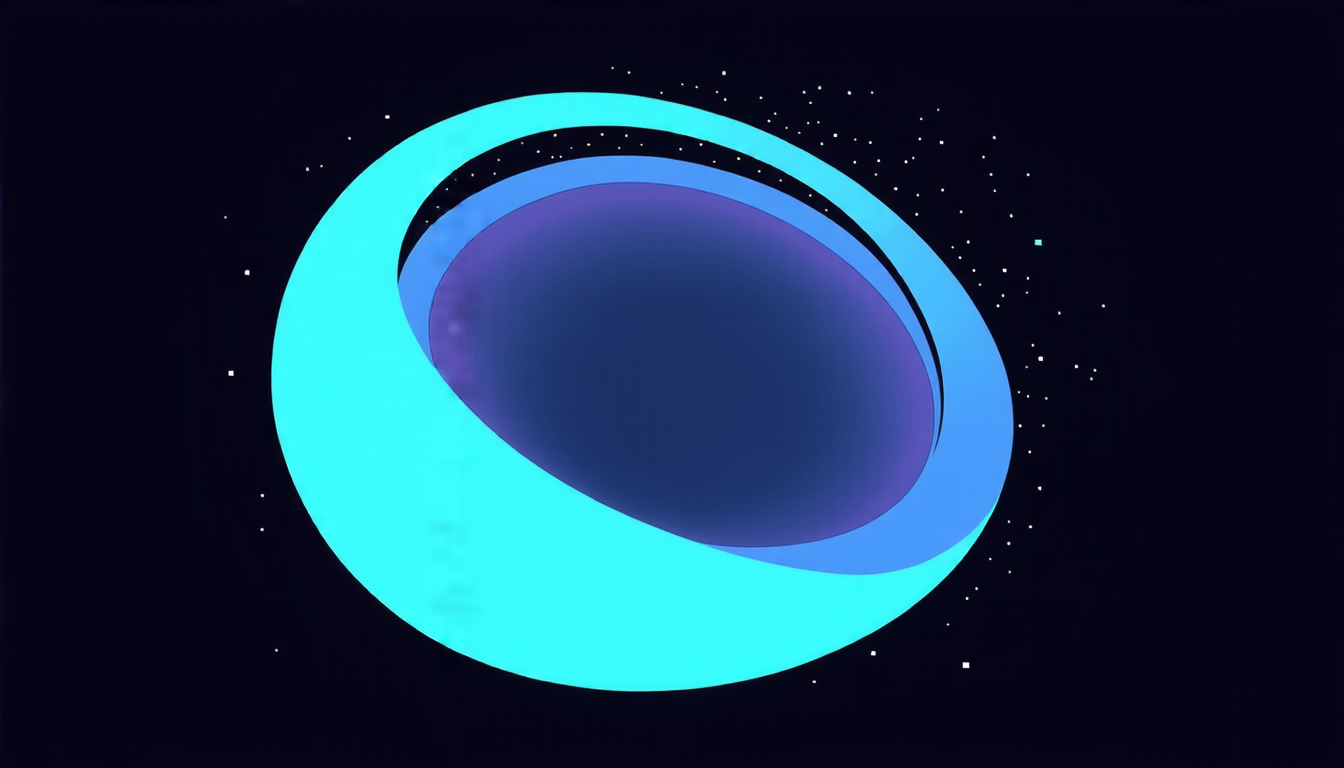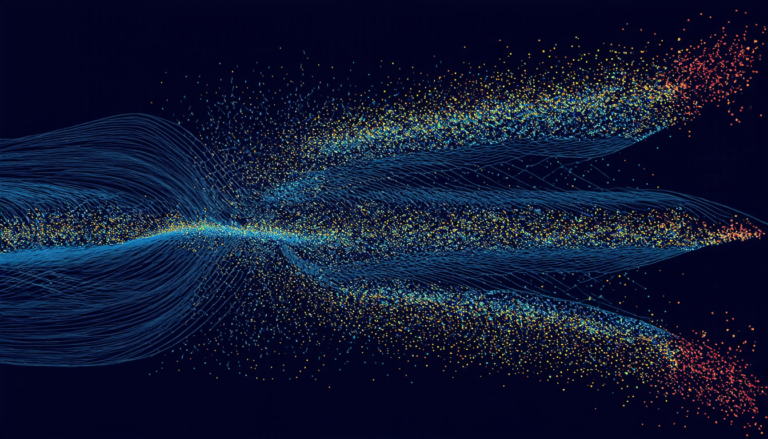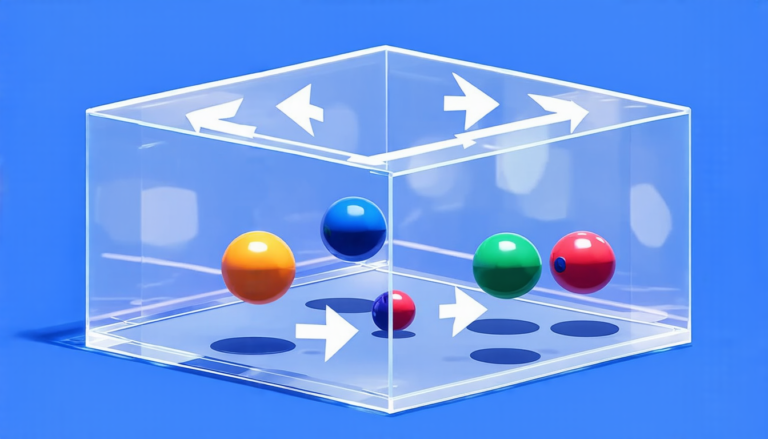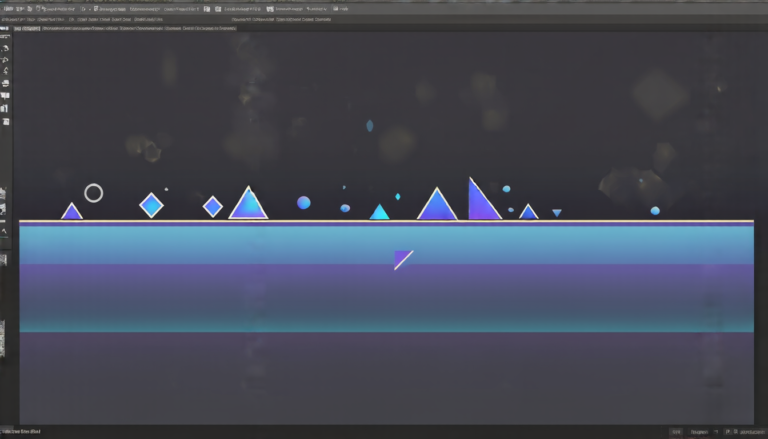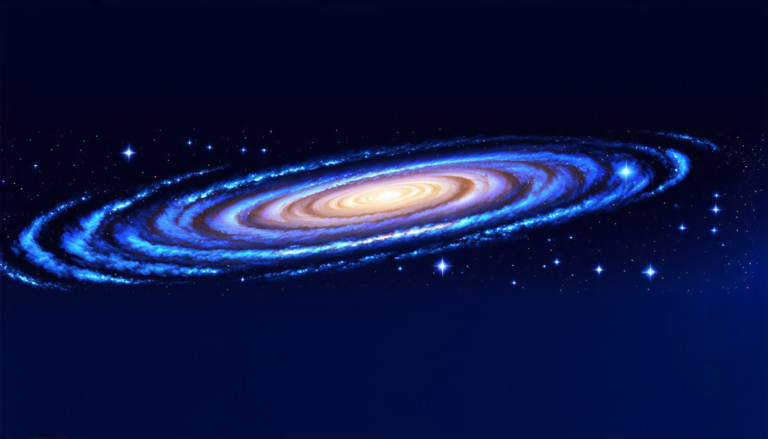Monday 24 March 2025
The quest for a deeper understanding of gravity has long been a thorn in the side of physicists. For over a century, Einstein’s theory of general relativity has reigned supreme, but it’s not without its limitations. One major sticking point is the way it handles the connection between spacetime and matter – or rather, how matter warps spacetime. A new approach, born from the marriage of general relativity and quantum mechanics, aims to provide a more complete picture.
At the heart of this endeavor lies the cubic action for gravity, a mathematical framework that treats both the metric (the fabric of spacetime) and the connection (the curvature of spacetime) as independent fields. This may seem like a minor tweak, but it has far-reaching implications. For one, it allows researchers to tackle some of the most pressing problems in modern physics, such as black hole entropy and the behavior of matter at incredibly high energies.
But what does this mean for our understanding of gravity? In short, it means that the cubic action provides a more nuanced view of how spacetime is affected by mass and energy. Traditional approaches often treat these entities as separate entities, but the cubic action reveals that they are, in fact, intertwined. This has significant consequences for our comprehension of phenomena like gravitational waves and cosmic inflation.
One of the most intriguing aspects of this new framework is its potential to unify two previously distinct theories: general relativity and quantum mechanics. For decades, physicists have struggled to merge these two forces, with limited success. The cubic action offers a glimmer of hope, as it provides a common language for both theories to communicate.
Another benefit of the cubic action is its ability to shed light on some of the most vexing problems in modern physics. Take black hole entropy, for example. In traditional approaches, black holes are often treated as singularities – points where the laws of physics break down. The cubic action, however, allows researchers to study these objects in a more nuanced way, revealing new insights into their behavior.
Of course, this is still an emerging field, and there’s much work yet to be done. Researchers are still grappling with the complexities of the cubic action, working to develop new mathematical tools and computational techniques to explore its implications. But the potential payoff is well worth the effort – a deeper understanding of gravity, and perhaps even a glimpse into the fundamental nature of reality itself.
Cite this article: “Gravitys New Frontier: A Breakthrough in Understanding the Cubic Action”, The Science Archive, 2025.
Gravity, General Relativity, Quantum Mechanics, Spacetime, Matter, Energy, Black Holes, Entropy, Cosmic Inflation, Gravitational Waves

